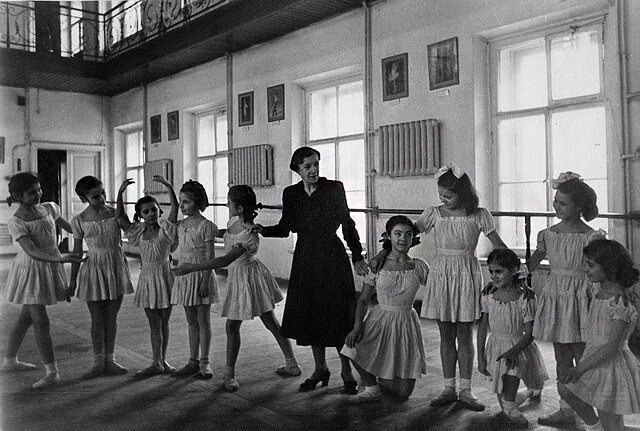
The Vaganova Method.
Agrippina Vaganova.
Agrippina Vaganova (1879–1951) trained at the Imperial Ballet School in Saint Petersburg, graduating in 1897 to dance professionally with the Imperial Russian Ballet.
After the Russian Revolution, she returned to the school as a teacher in 1921, where she spent three decades developing a carefully structured and scientifically informed approach to ballet training. Her method produced many of the world’s greatest dancers — including Anna Pavlova, Natalia Makarova, Rudolf Nureyev, Mikhail Baryshnikov and George Balanchine — and continues to influence professional dancers globally.
The Vaganova Method
Vaganova’s approach is recognised worldwide as one of the most comprehensive systems of classical ballet training. Developed over more than 30 years, it is built on:
systematic analysis of ballet movements
breaking complex skills into understandable components
progressive strength and coordination development
precision, artistry and musical sensitivity
These principles were codified in her landmark 1946 text Basic Principles of Russian Classical Dance.
The Vaganova method is admired for its combination of:
the elegance of the French school
the dramatic expressiveness of Russian character dance
the athletic virtuosity of the Italian tradition
Today, it informs the training at many leading ballet schools and companies around the world and is widely regarded as the most complete and effective training method in classical ballet.

The Vaganova Academy.
Founded in 1738 during the reign of Empress Anna, the school was originally known as the Imperial Ballet School. After a brief post-revolution transition, it was re-established as the Leningrad State Choreographic Institute.
In 1957, it was renamed in honour of Agrippina Vaganova, whose pedagogical framework had shaped the school’s teaching since the late 1920s. The academy remains closely associated with the Mariinsky Ballet and continues to set the global standard for classical ballet education.
Discover how Vaganova technique underpins our approach to training on our Curriculum page.
